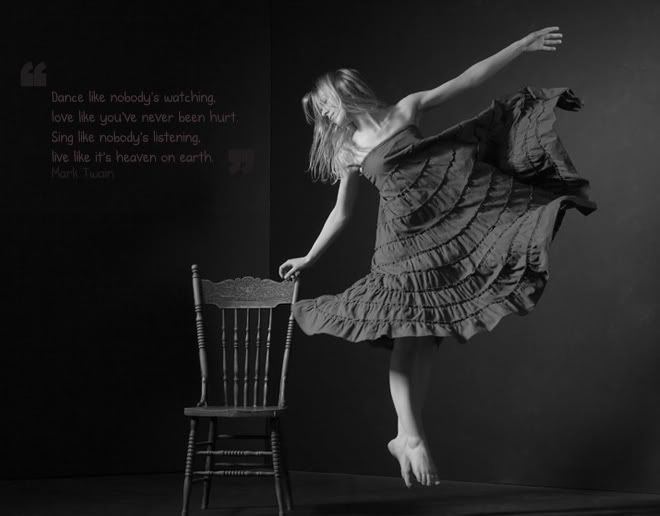

|
The dancer  Joyce Here! I am currently in the Bachelor of Arts in Education Majoring in English Language and I also take Art and Math
Joyce Here! I am currently in the Bachelor of Arts in Education Majoring in English Language and I also take Art and Math
previous posts My Thoughts on Literacy Some Thoughts on NLG's "A Pedagogy of Multiliterac... past February 2009 March 2009 links .:Aishah:. .:Alen:. .:Bee Bee:. .: Haliah:. .:Hui Ling:. .:Ivan:. .:Kai Ling:. .:Marie:. .:Mei Chen:. .:Natalie:. .:Nazeha'a:. .:Pavani:. .:Sangeetha:. .:Shariffah:. .:Syazwani:. .:Zoie:. .:Jess:.
Credits Base code:OHsaygoodbye Image: Kristi |
Sunday, February 15, 2009 ( Some thoughts on Semiotics... @ 5:53 PM ) Semiotics, briefly defined, is the study of signs and symbols. Indeed, signs and symbols are encountered everywhere in our daily lives thus, semiotics can be found anywhere. Swiss linguist Ferdinand de Saussure (1857-1913), one of the first who coined the semiology, from the Greek semeîon, 'sign', conceived it as a science which studies the role of signs in social life. What is the difference between signs and symbols? Symbols have some kind of likeness to its original representation but signs have no specific likeness and are arbitrary. What about representation and symbols? Are they similar? Representation is how one thing can stand for another. For a representation to become a symbol, it has to have a symbol system. A symbol has to become part of a symbol system (e.g. language). Anything can be used for representation. For example, a caveman could be communicating using “sounds”. This example is one of representation and not a symbol. There is no reference to time (i.e. past or future) unlike language which is a system symbol. Representation is merely referring to a specific instant whereas symbols can refer to a class of things. Toilet signs, road signs are examples of symbols because they are representative of a particular class of gender and meaning. 0 comments |